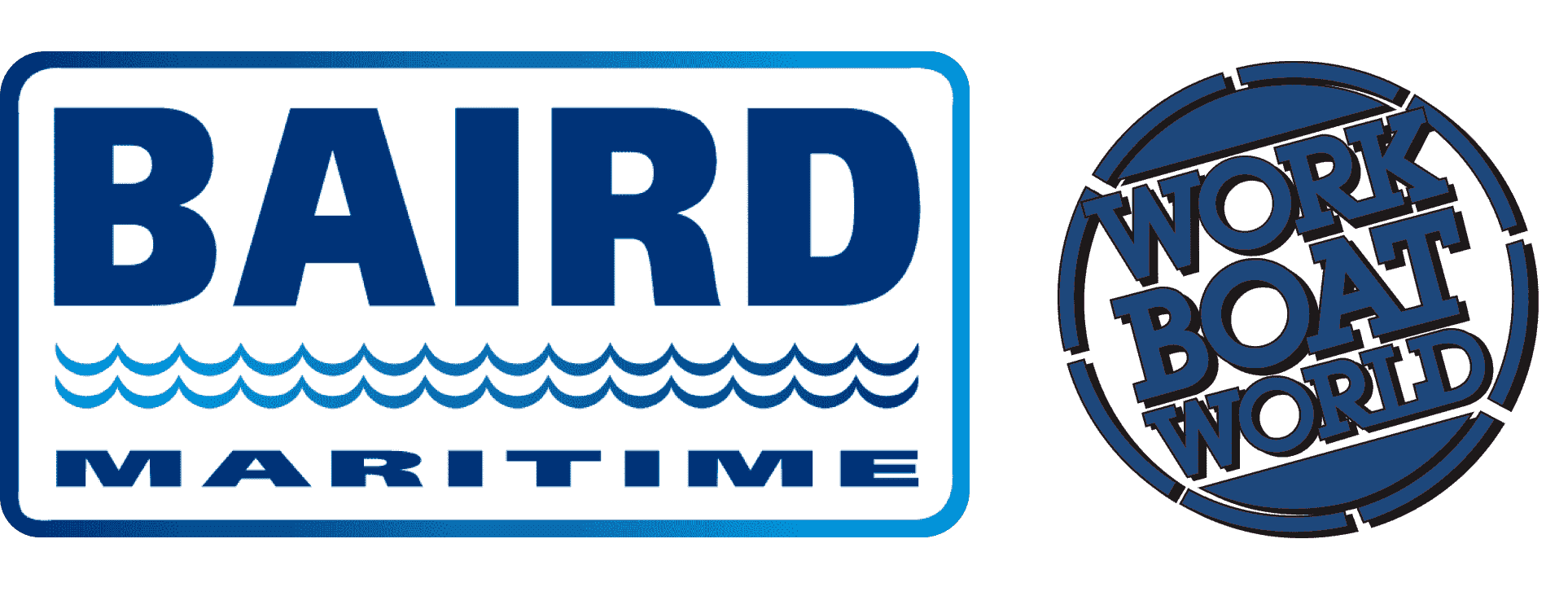VESSEL REVIEW | Solander Sentinel – WCMRC taps Washington yard for new spill response landing craft
Western Canada Marine Response Corporation (WCMRC), a marine spill response organisation certified by the Canadian federal government, has taken delivery of the first vessel in a series of four aluminium landing craft optimised for oil spill response duties.
As with other vessels in the WCMRC fleet, Solander Sentinel is tasked with responding to oil spill incidents in the waters off the British Columbia coastline. Its primary role entails the transport of personnel and a broad range of oil spill response equipment including containment booms, skimmers, remotely operated vehicles (ROVs), and even aerial drones for site surveillance work. Thanks to its compact size, its shallow draught, and its ability to "beach," the craft is a suitable platform that the WCMRC can use to deploy personnel and equipment, especially to remote coastal areas of BC that are hampered by a lack of port infrastructure.
The new landing craft has a length of 15.8 metres and is powered by two Scania DI13 engines that each produce 560 kW and are fitted with keel cooling systems. The engines drive a pair of Hamilton 403 waterjets via Twin Disc 5095 gearboxes to propel the craft to a maximum speed of 35 knots and a cruising speed of just above 15 knots. The high operating speeds will enable the vessel to deploy rapidly to critical areas to mitigate the potential impact of oil spills before they can cause irreparable damage to the surrounding marine environment.
The vessel's wheelhouse has been elevated to free up additional space on the main deck for accommodating various payloads. The positioning of the wheelhouse will also provide the operators with improved forward visibility that would otherwise be obstructed by the closed bow ramp. A compact folding crane has also been fitted on the main deck.
The wheelhouse features a Furuno radar and forward-angled windscreens to reduce glare as well as further improve visibility when operating under inclement weather conditions. As with the other new vessels in the WCMRC fleet, the hull and other exterior surfaces on Solander Sentinel are coated in a long-term branded wrap film solution with a gloss overlaminate. This combined coating provided by WRI Supply helps ensure the long-term protection of the hull under a wide range of environmental conditions.
Solander Sentinel was designed and built by family-owned William E. Munson Company of Burlington, Washington. The newbuild was delivered to WCMRC in June of this year while its three sister vessels are in various stages of construction. The landing craft operates primarily out of the WCMRC base at Port Alberni on Vancouver Island alongside other response vessels.
| Solander Sentinel | |
| SPECIFICATIONS | |
| Type of vessel: | Oil spill response landing craft |
| Flag: | Canada |
| Owner: | Western Canada Marine Response Corporation, Canada |
| Operator: | Western Canada Marine Response Corporation, Canada |
| Builder: | William E. Munson Company, USA |
| Hull construction material: | Aluminium |
| Superstructure construction material: | Aluminium |
| Deck construction material: | Aluminium |
| Length overall: | 15.8 metres |
| Main engines: | 2 x Scania DI13, each 560 kW |
| Gearboxes: | 2 x Twin Disc 5095 |
| Propulsion: | 2 x HamiltonJet 403 |
| Maximum speed: | 35 knots |
| Cruising speed: | 15 knots |
| Radar: | Furuno |
| Crane: | 1 |
| Other equipment installed: | Bow ramp |
| Coating: | WRI Supply wrap film with gloss overlaminate |
| Type of fuel: | Diesel |


